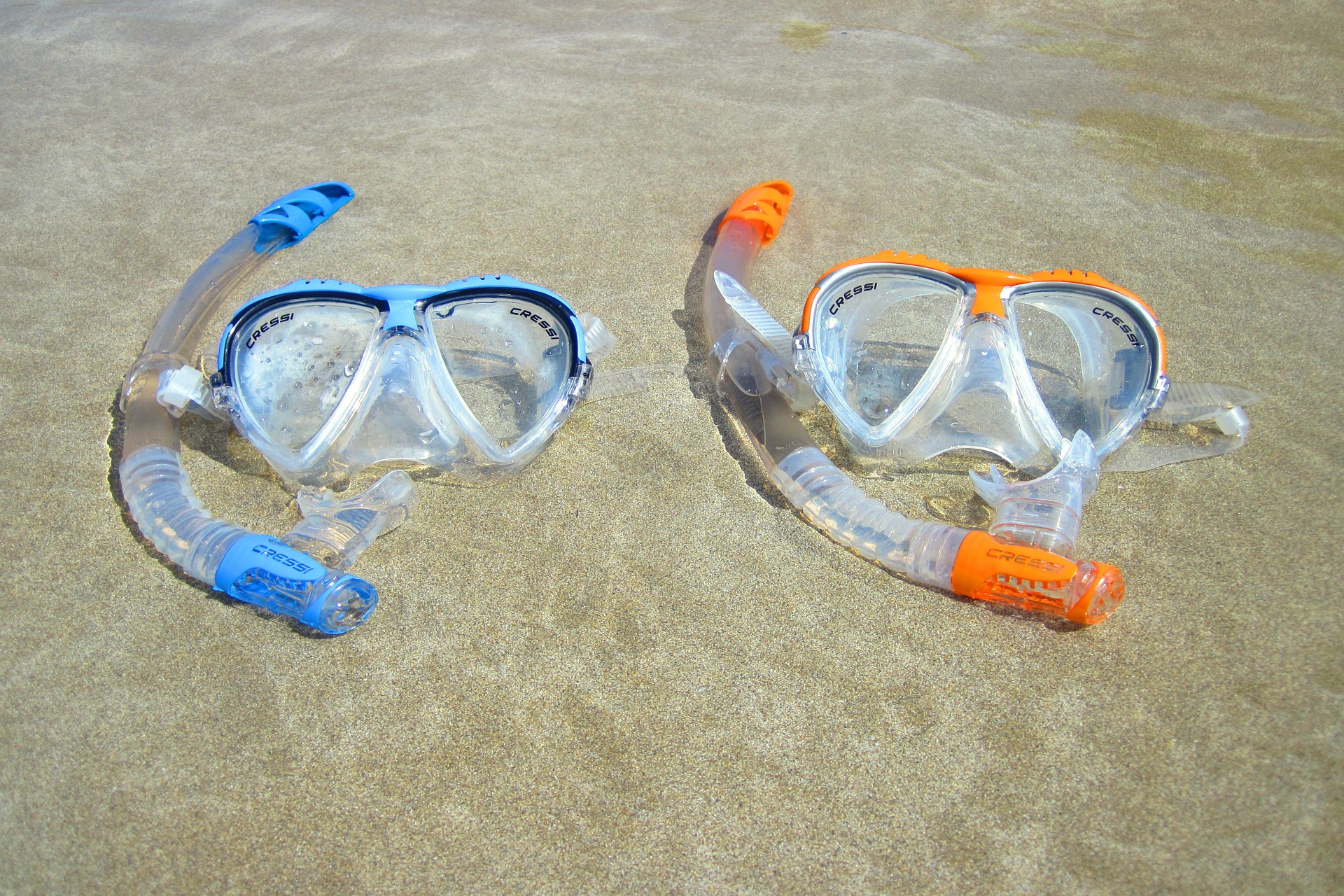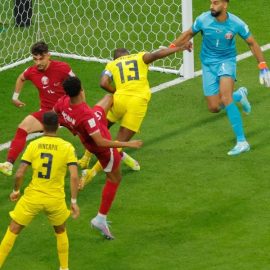Finding the right diving mask is very important for comfort and your enjoyment under water. Doing so implies four things:
– Make sure your mask combines all the important features.
– Don’t worry about “features” that aren’t so important.
– Remember that comfort and adjustment are by far the most important characteristics.
– Get professional help when choosing your mask.
The most important characteristic of your mask:
Although some mask characteristics can be considered “fun to have”, depending on the circumstances, others are very important. This includes:
Low Volume / Field Display Width: Masks with low internal volume make less resistance and are easier to equalize and empty. They also tend to place lenses closer to their faces, leading to a wider field of view, other important features.
Tempered Glass Lens: Tempered glass holds back scratches and tears but, if broken, tends to break into smaller and potentially less damaging pieces.
Soft Silicone Skirts: Silicone skirts with soft edges are generally more suitable than cheap skirts made of vinyl, PVC, or other materials. Most mask designs also incorporate separate interior skirts for better seals.
Nose Pocket: Your diving mask must cover your nose so you can keep the pressure inside the mask the same as the outside pressure. Having a separate and easily accessible nose bag also makes it easy for you to pinch your nose when matching.
Mask Strap Adjustment: Even though you don’t need to tighten your mask strap unnecessarily to achieve good fit, you want the strap to fit comfortably. Button adjustment mechanism, standard in most masks of the best quality, makes it easy.
Divided Head Strap: If you choose to wear the strap that comes with your mask, you must have a wider section on the back of your mask to better adjust the crown of your head.
Optional (but perhaps important) features: These include:
Neoprene Strap or Strap Cover: Many divers choose to replace the original silicone strap mask with one made of neoprene foam. Another option is to cover the original mask strap with the neoprene foam sleeve. Both approaches increase comfort and tend to reduce hair pull.
Vision Correction: If you need glasses to drive or read, you might need “glasses” to dive. If you wear contact lenses that can be penetrated by gas, chances are that you will find that the lens works well under water, even though there is a risk of being lost if you don’t close your eyes when cleaning the mask.
Although some mask characteristics are important, others are not important or absolutely unnecessary:
Frame or Frameless: To date, all masks insert a plastic or metal frame that connects the lens to the mask skirt. However, in the last decade, we have seen the introduction of several “frameless” masks that completely eliminate frames. Both types of masks work well, and if the mask has a frame or not, it might not be a problem in your decision making process.
Divided lenses: Most masks use a split lens, that is, a lens that is divided into separate left and right sides. However, unless you find this interference, there is no reason to choose or avoid this type of mask rather than mask with a one-piece lens.
Side Window: A feature that was once popular, this feature combines small side windows in an effort to improve the display area. Having this feature, however, often leads to larger size, weight, internal volume and obstacles. Most modern masks reach a wide field of vision by having a wide lens that fits close to the face, making this feature unnecessary.
Be sure to get professional help before actually buying. For information, 11 best snorkel masks from Live Your Aloha can be a good option. Choose a snorkel / diving mask that is truly able to meet your needs.
Add The Sports Daily to your Google News Feed!







